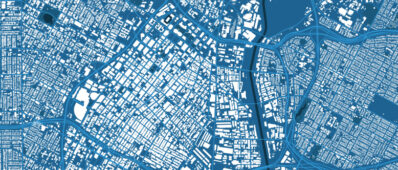Abstract
The length of the urban work trip, and especially how it is influenced by land-use patterns, have become critical issues for urban economic theory and for public policy toward transportation and land use. Many economic models and policy analyses hinge on the belief that land-use patterns affect commuting importantly; yet the empirical evidence for this belief is weak. In this paper, we use disaggregate data for a very large urban region to examine this key relationship anew.



